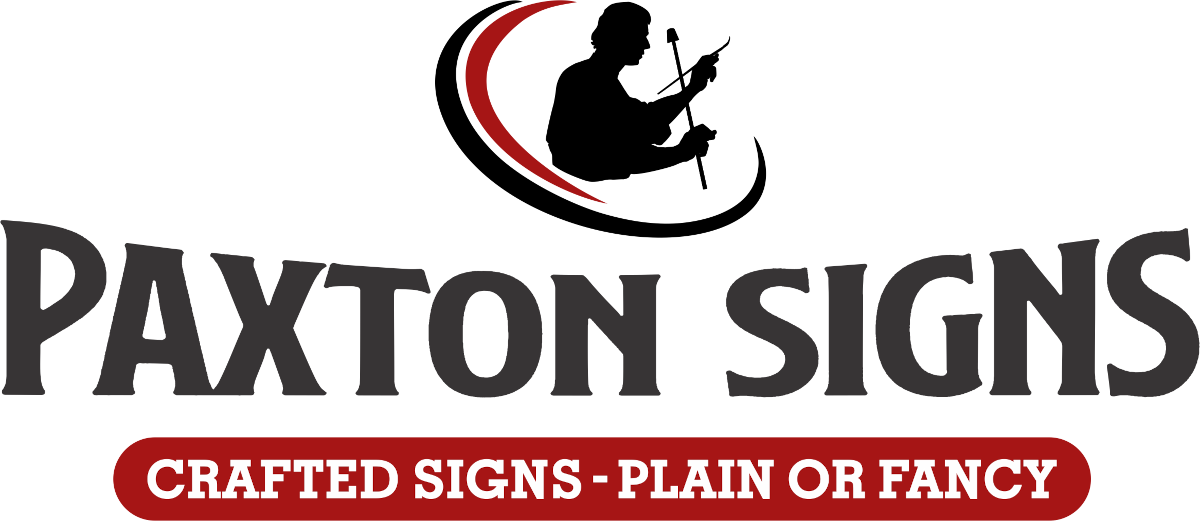 There’s a difference between typography and lettering. The first is the mechanized process of setting fabricated characters in vinyl. It’s largely computerized. Digitized. However, the other is a hand-drawn interpretation of a sequence of letters or graphics. Art. Computers pump out type. But, only a human can practice the lost art of vintage lettering.
There’s a difference between typography and lettering. The first is the mechanized process of setting fabricated characters in vinyl. It’s largely computerized. Digitized. However, the other is a hand-drawn interpretation of a sequence of letters or graphics. Art. Computers pump out type. But, only a human can practice the lost art of vintage lettering.
Why is it a lost art?
Nowadays, vintage lettering is considered a lost art. Mostly, this is because hand-lettering commercial fleets isn’t economically attractive at current modern scale. Further, the advent of recent computerized vinyl lettering saves an appreciable amount of time. It also can be done on the fly. Not so, with hand-lettering.
Lately, however, with the millennial crowd’s ongoing interest in hand-crafted anything, including sign-craft, vintage hand-lettering may not die out because of computers and modernization trends. We’ve noticed an uptick in hand lettering requests. In fact, it’s been one of our specialties for 41 years. That said, it’s an “old-time” trade with a process that’s still somewhat a mystery. Read on…
What is the process?
First, we cut, then we pounce. This is where we freehand-sketch designs on thin paper. Then, the design outlines are cut with tiny holes in one of two ways: by cutting the pattern with a tool much like a pizza cutter, but with sharp spurs; or, by using a special computerized plotter tool that machine-cuts the pattern.
At this point, we apply the perforated pattern onto a surface using a pounce bag filled with powdered graphite. This transfers the outline of the design and/or lettering onto the intended surface. Then, it’s time to paint. We remove the paper and hand-paint within the pounced graphite impression. FACTOID: this is how Michelangelo painted the Sistine Chapel.
Below, a recent vintage-lettered truck for Weber Farms.



What about detailed art?
The more intricate elements are painted freehand. To start, we use a Stabilo pencil to rough in the letters or detail art. Then, we use special long-hair brushes to paint consistent strokes. Some brushes are as thin as one-tenth inch. Surprisingly, different brush hairs offer a different feel. For example, we like to use squirrel hair brushes. Others like ox. Vegans like synthetic (based on rumor, but seems reasonable).
Finally, to steady the painting hand, we use a maul stick. Specifically, it’s a tool that has a look-alike, rounded honey ladle with an extra long handle. As we lean it against a surface, we can rest our painting hand on it to steady our strokes. (You’ll find a maul stick image in our logo, top of page.)
The hand of the artist
Custom, vintage lettering may seem like a lost art, but we’ve found that people still like to see the “hand of the artist.” And, with today’s computer technology to assist in the process, we think the vintage lettering tradition has many years of practice in its future.
See more Paxton Signs handiwork on Pinterest at, https://www.pinterest.com/boliver0474/boards/
View Paxton Signs’ galleries at www.paxtonsigns.com, or by using the menu bar, above. Contact us at 970-221-5519



